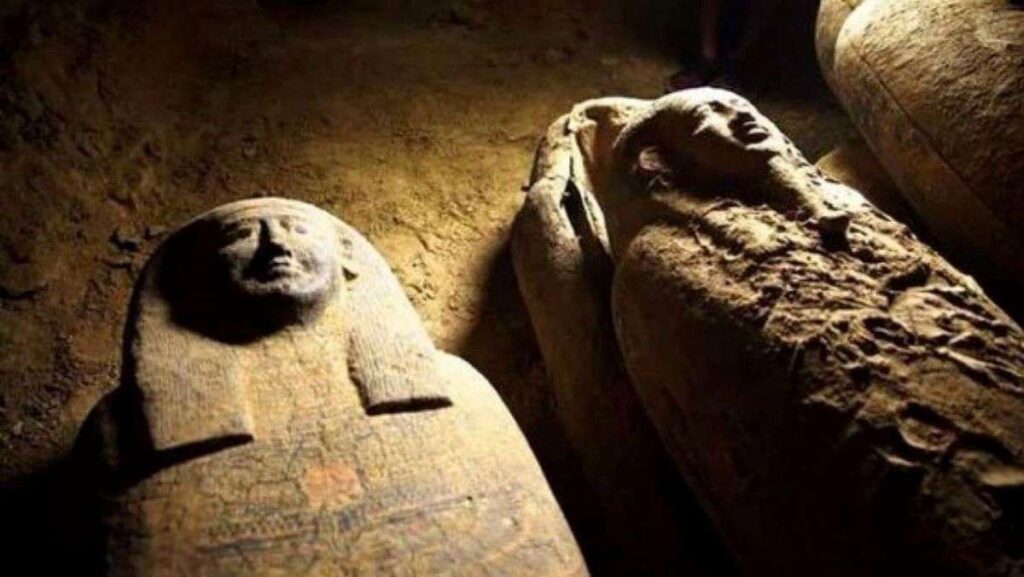Archaeologists recently discovered new tombs carved into a hillside overlooking the Nile River. The discovery happened during an archaeological dig near the ancient city of Aswan. A joint Egyptian and Italian team conducting research outside official channels found it.
The Egyptian government acted swiftly, stepping in and taking control to ensure the site was given the respect it deserves. Fortunately, subsequent press releases from the government have revealed what the researchers found.
First, the experts believe the tomb site initially became active around 332 BCE to 395 BCE, during Egypt’s late Greek and Roman periods. They found about 33 graves and many items left behind by people they suspect may have been past mourners.
Archaeologists have also concluded that the tombs were active for 900 years and used by families in the region. Further inspection has shown that the graves differ from one another. But many of them have something in common: they contain children.
ALSO READ: Wolves Thrive in Chernobyl’s Radioactive Land, Develop Unexpected Abilities
According to Ayman Ashmawi from the Egyptian archaeological sector of the Supreme Council, about 40% of the 33 graves found house the remains of either newborns or young children, all of whom passed on during their first few years.
However, other graves and mummies discovered have led researchers to believe that these tombs also contain family remains. One 10-level tomb reportedly had oil lamps seemingly left behind by mourners centuries ago.
Patrizia Piacentini, an Egyptologist from the University of Milan who led the dig, stated that the lamps would have illuminated the tombs at specific times, such as when the mourners ate.
Research is ongoing to find the cause of death of those in the graves. Preliminary findings point to infectious diseases, malnutrition, or other osteoarthritis disorders as the cause. The experts even suspect one family may have succumbed to tuberculosis.
POLL—Is Climate Change a Major Threat That Requires Immediate Policy Action?
This latest discovery has scientists hoping to learn more about ancient diseases that may have decimated communities centuries ago. The tombs can also give researchers more insight into what went on in a very important trading city in ancient Egyptian times.
For example, they discovered that the tomb was subject to hierarchy. They found remains of the Middle Class in the lower sections of the tomb. However, the more affluent residents took up the upper portions of the structure. They also discovered some tombs near an open courtyard and others carved into the mountain.
Other odd things they found in the tombs and are trying to make sense of include specific sacrificial tables, forms of wooden coffins, colored cardboard, and forms of burnt clay and stones. However, all of these pale in comparison to a stone coffin containing two mummies that were utterly glued together.
WATCH: Archaeologists Unearth Temple Challenging History of Christianity in the Roman Empire
The discovery has researchers stunned and unable to fathom why this may have happened. The odd things they found have the archaeologists excited, and they have promised to carry out more extensive research to learn more about the finds.
You Might Also Like:
Officials Arrest Tourist For Carving Name Into Ancient Ruins From Pompeii
Company Recalls Hundreds of Canned Coffee Over Rare, Deadly Toxin Contamination
Los Angeles Mayor Makes Shocking Reversal, Moves to Ban Masks at Protests
Supreme Court Deletes Opinion on Abortion Case After Accidentally Posting It Online
Denmark Set to Become First Country to Implement Carbon Tax on Gassy Livestock
